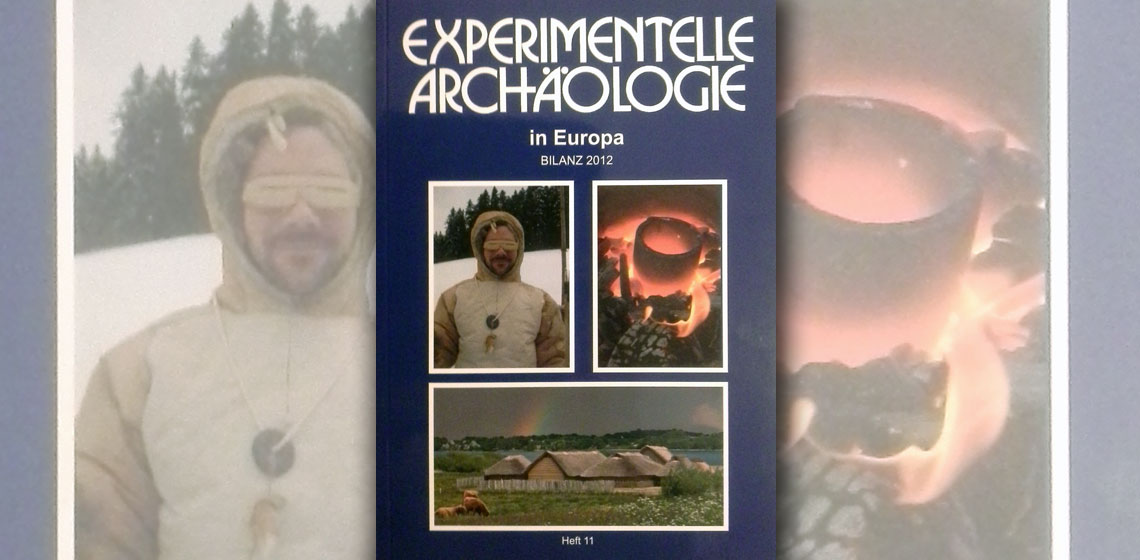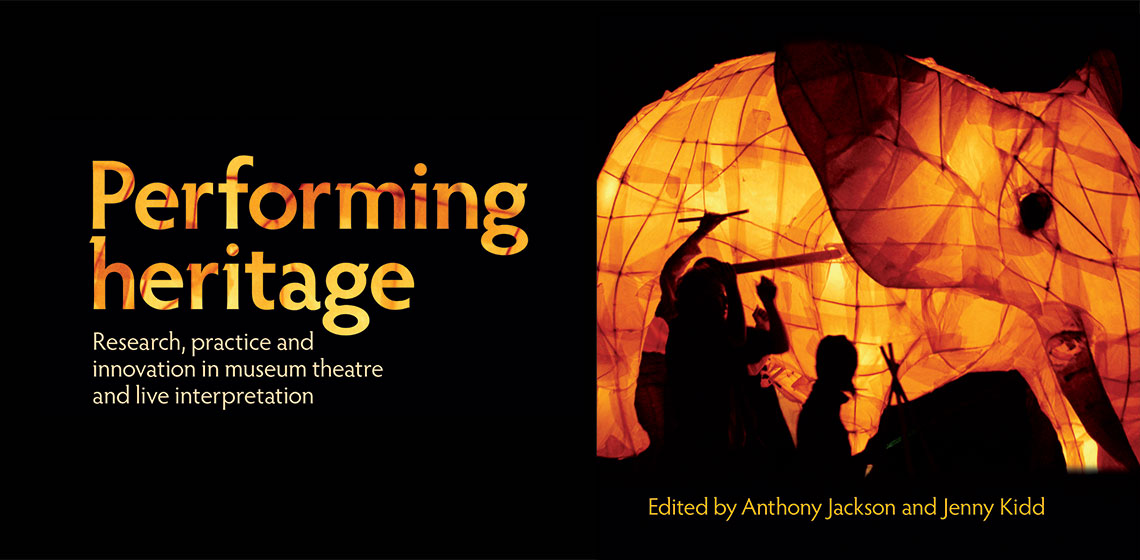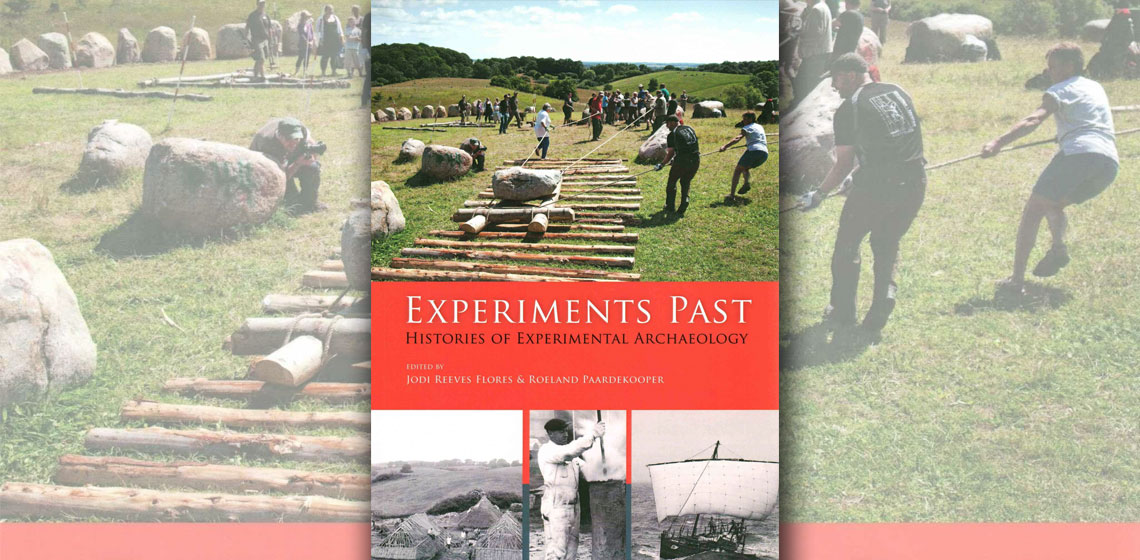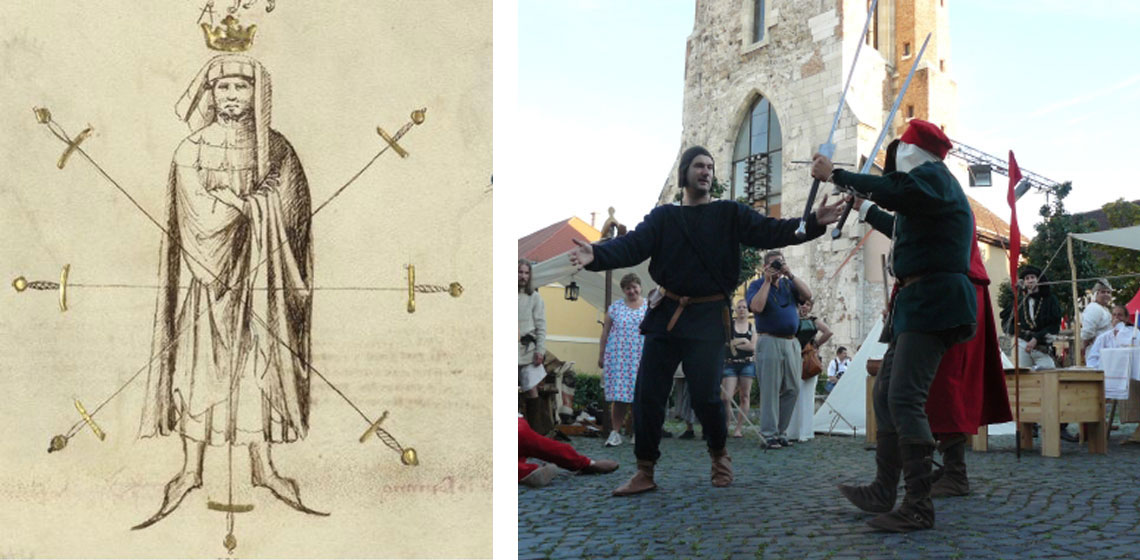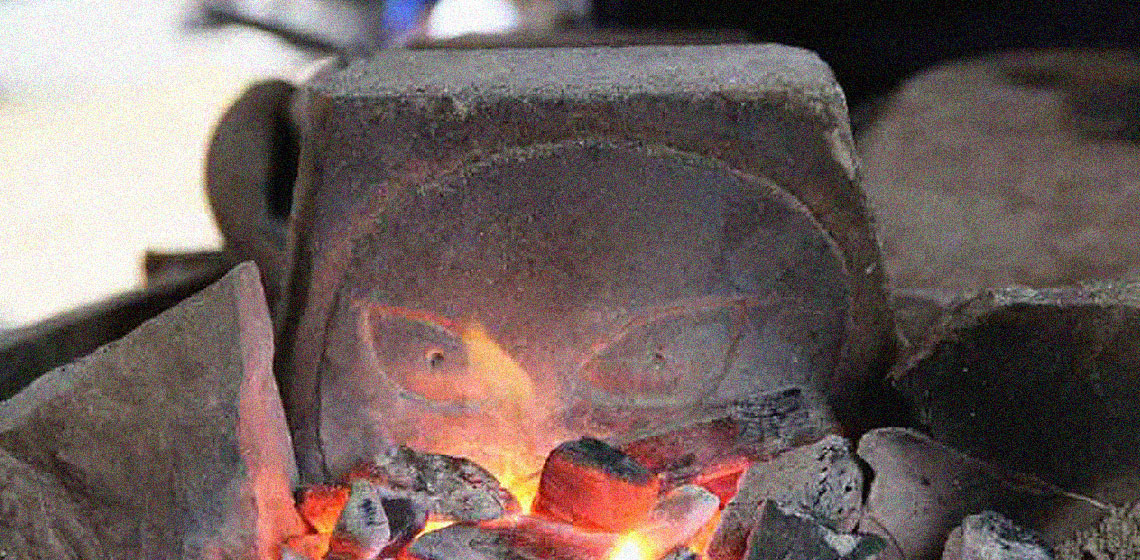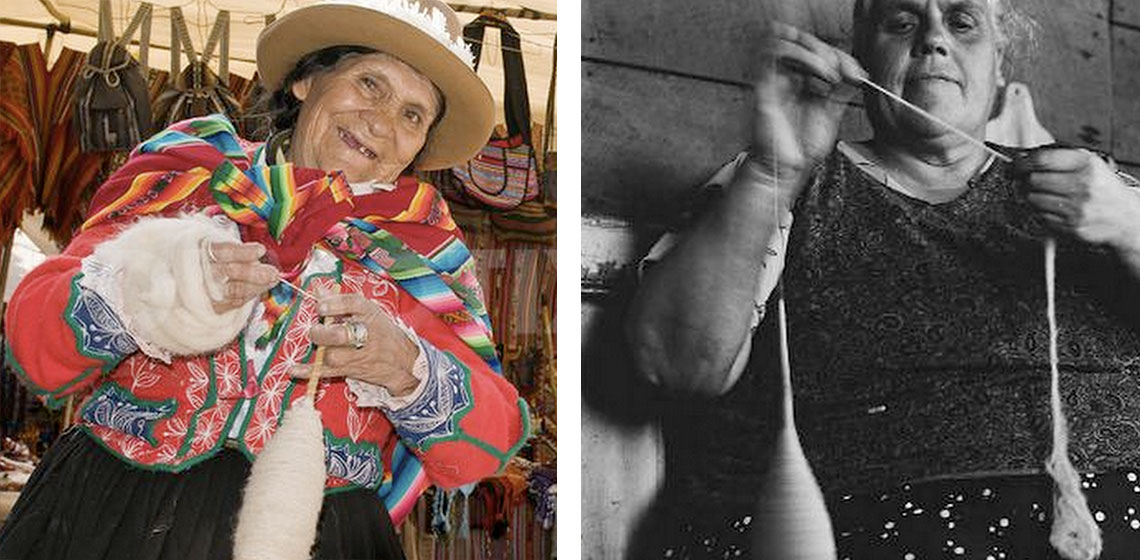Newest Era
Book Review: Experimentelle Archäologie in Europa, Bilanz 2012
Publication Date
Annual Proceedings of the EXAR Tagung
***According to James Mathieu in 2002, experimental archaeology is “A subfield of archaeological research which employs a number of different methods, techniques, analyses and approaches within the context of a controllable imitative experiment to replicate past phenomena...
***According to James Mathieu in 2002, experimental archaeology is “A subfield of archaeological research which employs a number of different methods, techniques, analyses and approaches within the context of a controllable imitative experiment to replicate past phenomena...
Book Review: Performing Heritage: Research, Practice and Innovation in Museum Theatre and Live Interpretation by Anthony Jackson & Jenny Kidd (eds)
Publication Date
This useful text brings together recent thinking about museum theatre and the performance of heritage, offering a range of international case studies to its readers as evidence of the discipline’s usefulness in interpreting the past for visitors...
Book Review: "Experiments Past" Edited by Jodi Reeves Flores & Roeland P. Paardekooper
Publication Date
The publication in 1979 of the John Coles’ book Experimental Archaeology can be called the vademecum of the experimental archaeology. Many particular experiments have been published since then, such as A Bibliography of Replicative Experiments in Archaeology (Graham et al. 1972) and...
Historical European Martial Arts (HEMA) and Reenactment - Concept, Problems, Approaches in Our Experience
Archaeological Live Interpretations, Docu-Soaps and Themed Walks: Similarities and Differences
Publication Date
2013 EXARC meeting at Csiki Pihenökert (HU)
***Since the 1990s, experience-oriented historical communication has been steadily increasing. Yet in-depth research of forms of historical representation and acquisition such as museum theatre, themed walks, or time travel within docu-soaps has remained minimal. Beginning in 2011/12, the fellows of the interdisciplinary research project, Living History...
***Since the 1990s, experience-oriented historical communication has been steadily increasing. Yet in-depth research of forms of historical representation and acquisition such as museum theatre, themed walks, or time travel within docu-soaps has remained minimal. Beginning in 2011/12, the fellows of the interdisciplinary research project, Living History...
Interpreting the Interpreter: is Live Historical Interpretation Theatre at National Museums and Historic Sites Theatre?
Publication Date
In his 2007 book, Living History Museums: Undoing History through Performance, Scott Magelssen describes the various reactions to his main line of enquiry: is historical interpretation theatre?
Book Review: Communication Strategy–Strategic Public Relations for Archaeological Open-Air Museums by M.A. Zielinska and R.P. Paardekooper
Publication Date
How a museum communicates to its audience has changed significantly in the past decades. With the introduction of the Internet and the creation of social media sites such as Facebook, Twitter and Instagram, social media has become an integrated part of the everyday life of the majority of museum visitors...
Conference Review: Reconstructive & Experimental Archaeology Conference REARC 2013
Publication Date
REARC Conferences
***This article is republished from the Bulletin of Primitive Technology #46. The 4th Annual Reconstructive and Experimental Archaeology Conference was recently held in Gastonia, NC at the Schiele Museum of Natural History. The conference theme was Education and Reconstructive and Experimental Archaeology...
***This article is republished from the Bulletin of Primitive Technology #46. The 4th Annual Reconstructive and Experimental Archaeology Conference was recently held in Gastonia, NC at the Schiele Museum of Natural History. The conference theme was Education and Reconstructive and Experimental Archaeology...
From Mead to Snakebite - An Ethnography of Modern British University Sports Team Drinking Culture and its Parallels with the Drinking Rituals of the Viking World
Publication Date
7th UK EA Conference Cardiff 2013
***The idea for this paper came, as these things often do, in a bar. The interesting twist was that instead of being an inebriated patron, I was actually working behind the bar observing the scenes of intoxicated students with a bemused expression. What began as a joke...
***The idea for this paper came, as these things often do, in a bar. The interesting twist was that instead of being an inebriated patron, I was actually working behind the bar observing the scenes of intoxicated students with a bemused expression. What began as a joke...
Variables and Assumptions in Modern Interpretation of Ancient Spinning Technique and Technology Through Archaeological Experimentation
Publication Date
This paper takes the form of a critical analysis of archaeological experiments using spinning tools. The archaeological experiments regarding whorl weight and wool spinning of the Tools and Textiles – Texts and Contexts project, through the Danish National Research Foundation’s Centre for Textile Research, are examined with respect to a number of variables...

